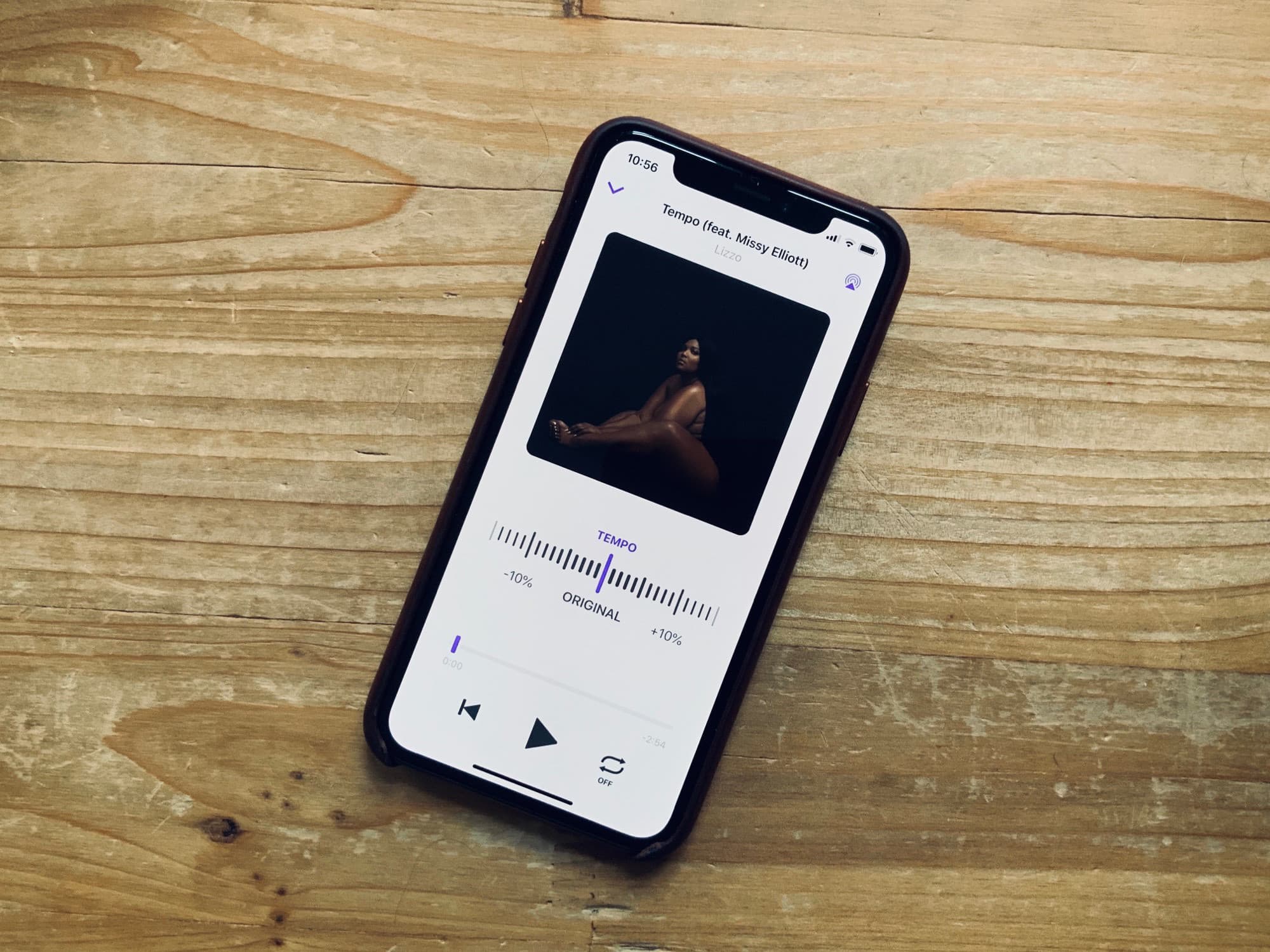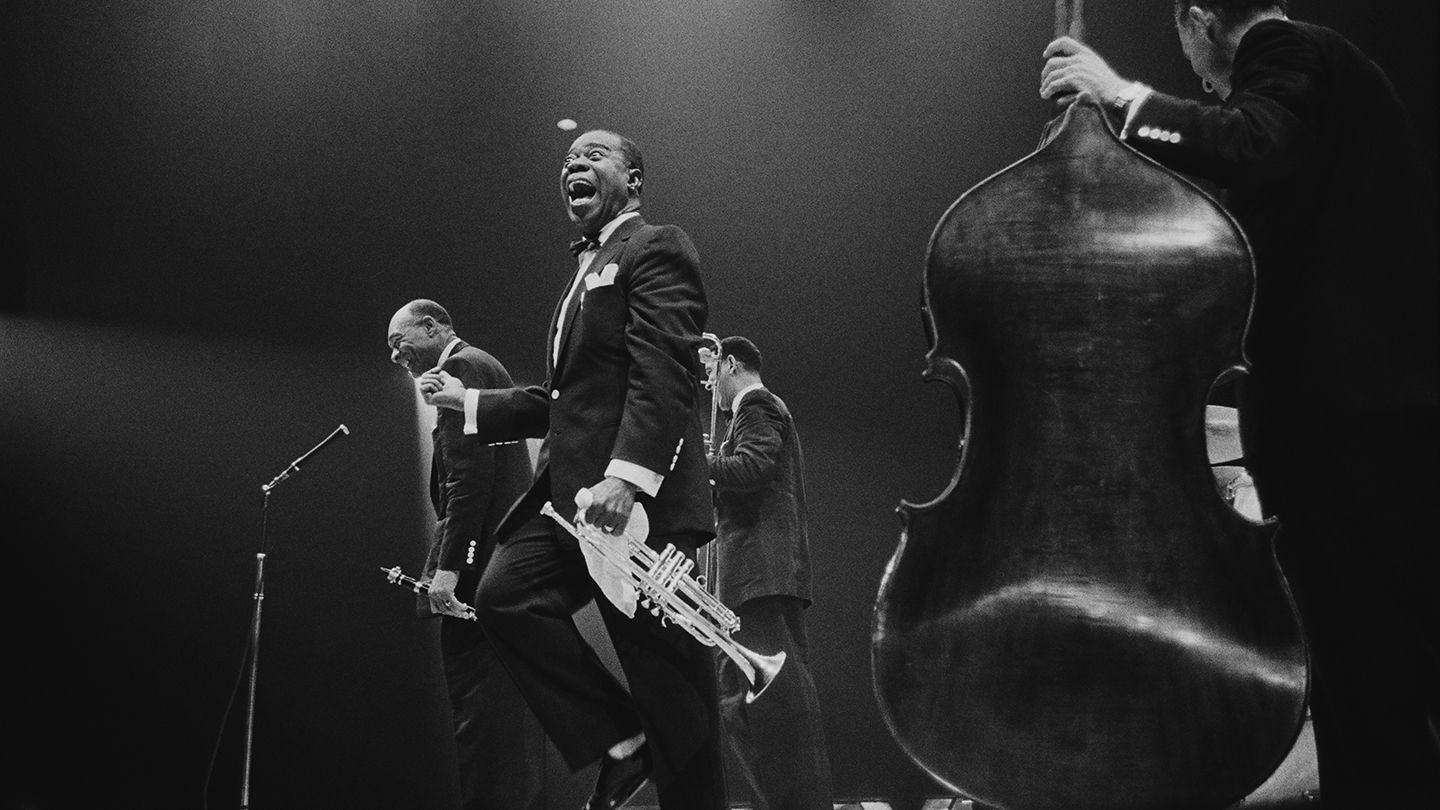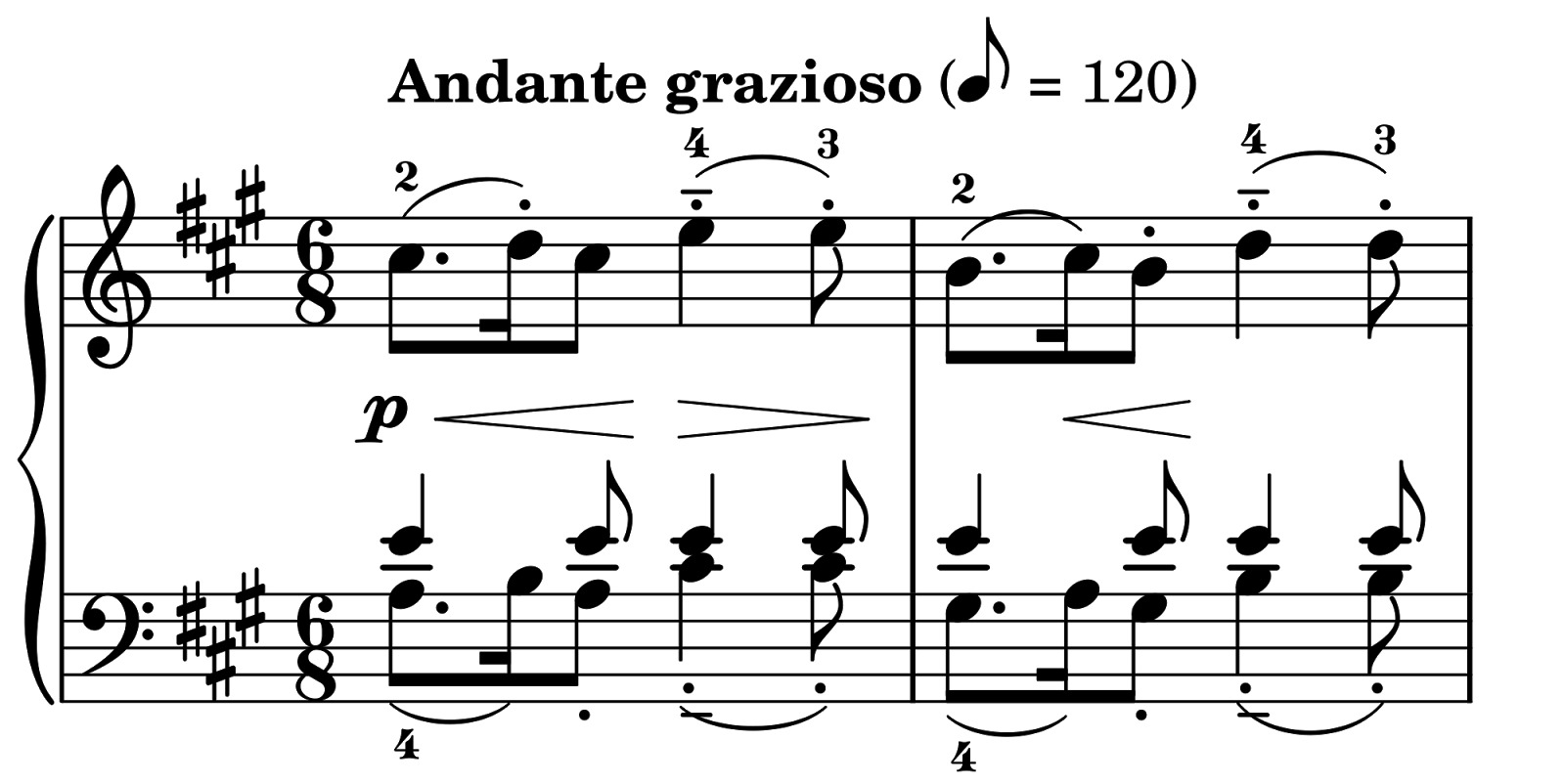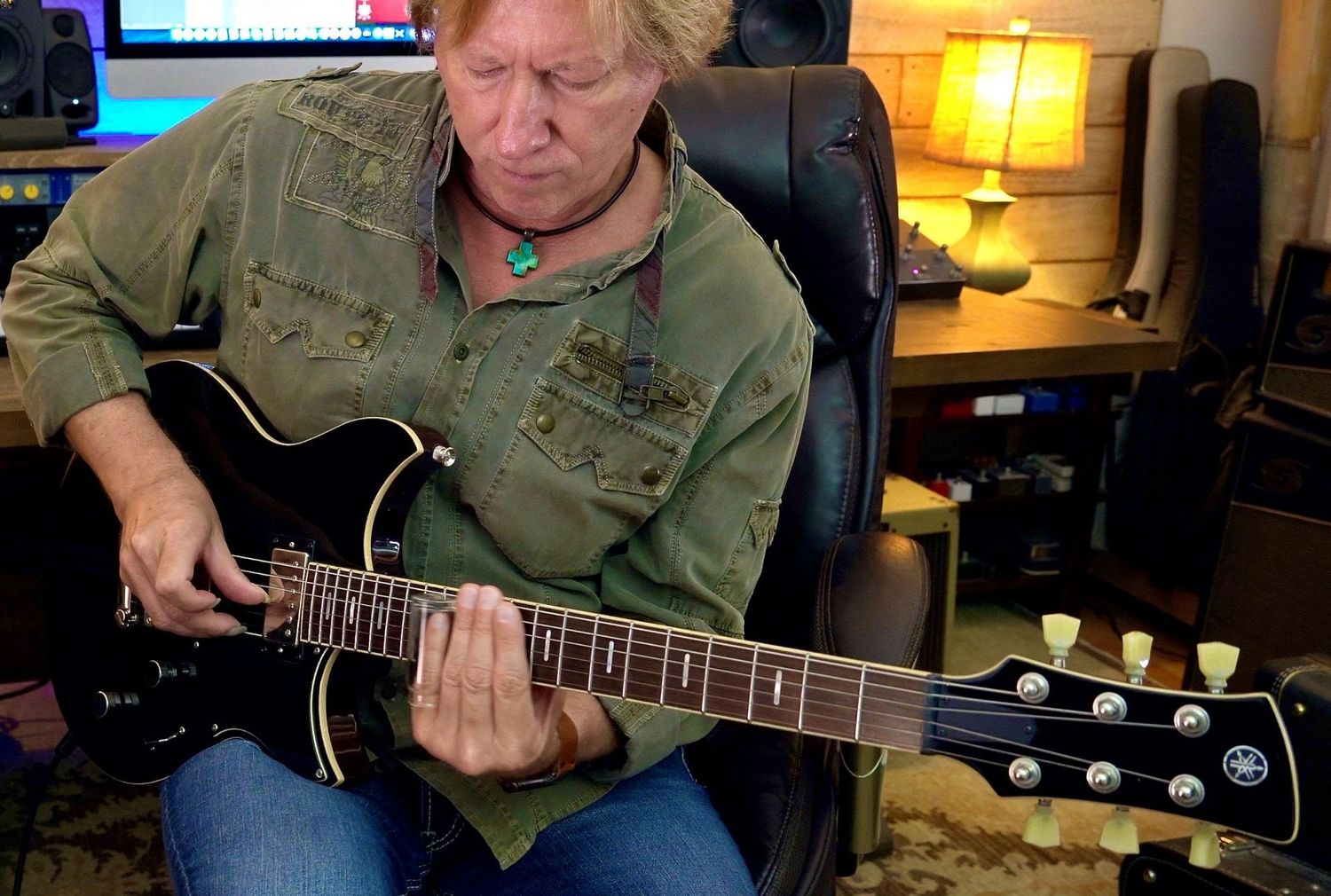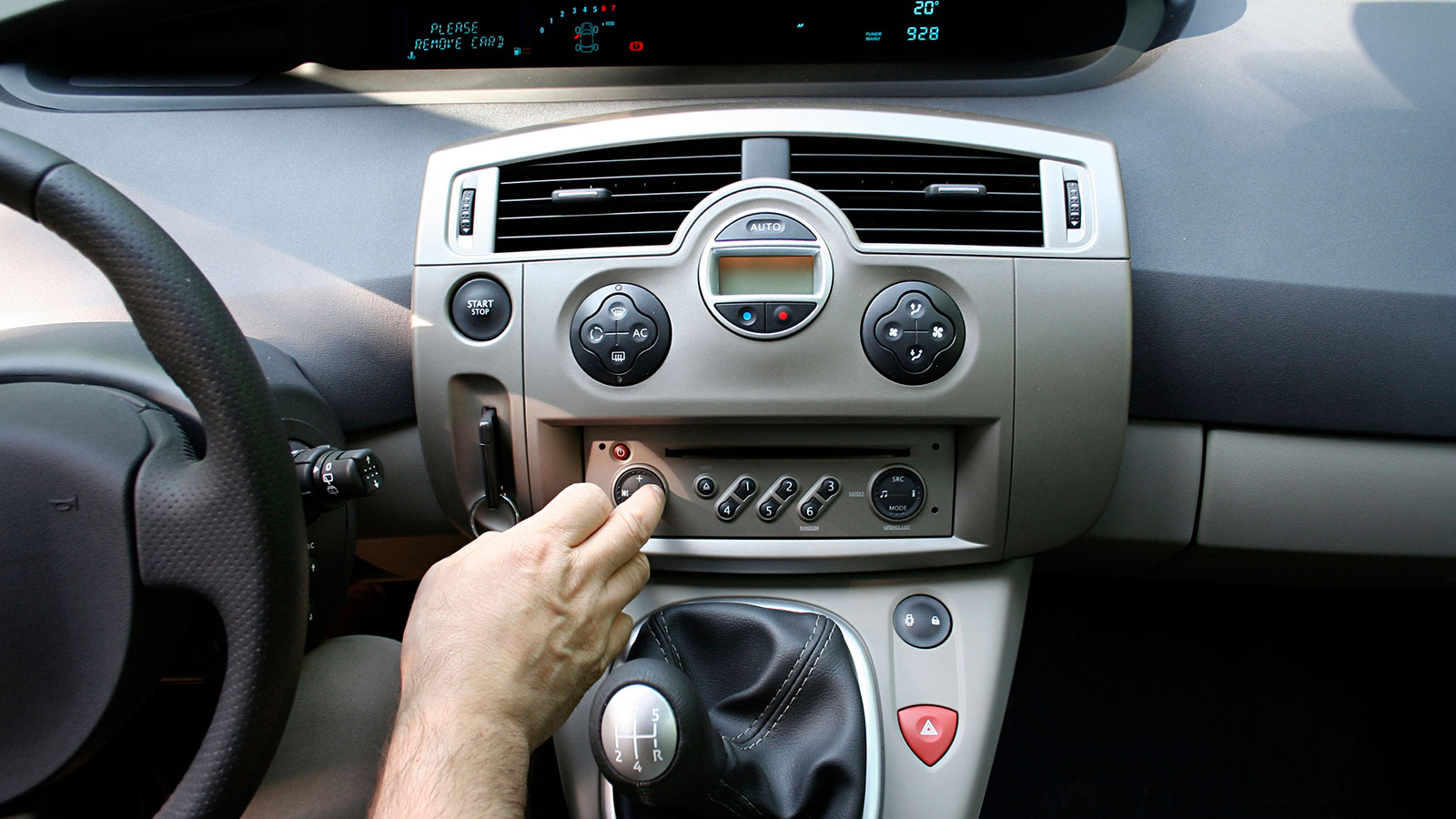Home>Production & Technology>Tempo>How To Keep Tempo In Music
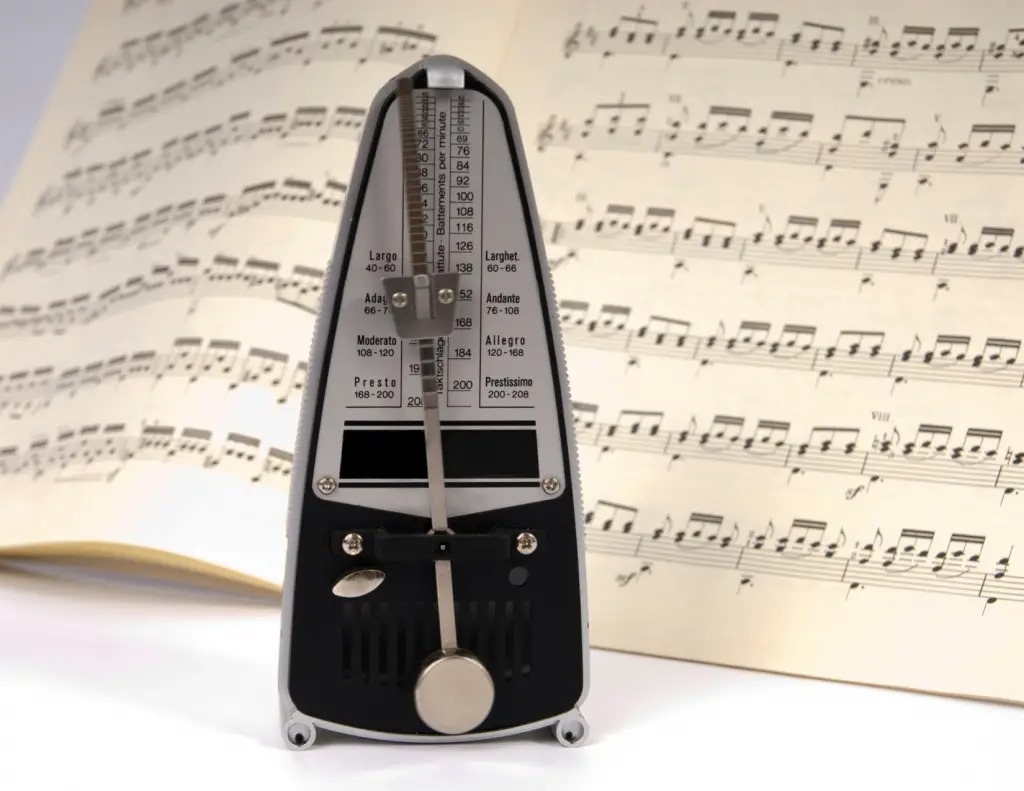

Tempo
How To Keep Tempo In Music
Modified: January 22, 2024
Learn how to keep tempo in music and maintain a consistent rhythm. Discover useful tips and techniques to improve your musical timing and performance.
(Many of the links in this article redirect to a specific reviewed product. Your purchase of these products through affiliate links helps to generate commission for AudioLover.com, at no extra cost. Learn more)
Table of Contents
Introduction
Welcome to the world where music takes center stage and tempo reigns supreme. Whether you’re a musician, producer, or simply a music enthusiast, understanding and keeping tempo in music is crucial for creating a captivating and cohesive composition. Tempo, which refers to the speed or pace of a piece of music, plays a vital role in determining the overall feel and energy of a musical work.
In this article, we will delve into the art of keeping tempo in music. We will explore various techniques and tips that can help musicians, both seasoned and beginners, to maintain a consistent and precise tempo throughout their performances. By honing your tempo control skills, you’ll be able to deliver powerful and engaging musical experiences that resonate with your audience.
Whether you’re a drummer, guitarist, pianist, or vocalist, tempo control is a fundamental skill that must be mastered. It allows you to stay in sync with other musicians, maintain a steady rhythm, and convey the intended mood of a musical piece. Additionally, having a well-defined sense of tempo is essential when recording in a studio or playing live on stage.
Throughout this article, we will explore practical techniques, invaluable tips, and useful tools that can assist you in keeping tempo consistently. From understanding the nuances of tempo to practicing with metronomes and click tracks, we’ll equip you with the knowledge and tools necessary to become a master of tempo control.
So, whether you’re struggling to maintain a steady tempo or looking to refine your skills, let’s dive into the exhilarating world of keeping tempo in music.
Understanding Tempo in Music
Before we dive into the techniques and tips for keeping tempo, it’s important to have a solid understanding of what tempo is in the context of music. Tempo, often indicated by a metronome marking or beats per minute (BPM), refers to the speed or pace at which a piece of music is performed.
Tempo sets the overall feel and energy of a musical work. It can range from slow and relaxed (such as largo or adagio) to fast and energetic (such as allegro or presto). Tempo can evoke different emotions and moods, and it greatly influences the listener’s experience of the music.
While tempo is typically indicated in numerical terms, it’s important to note that it’s not just about playing at a specific number of beats per minute. It also involves maintaining a consistent rhythm and a steady sense of timing throughout a performance.
Tempo can be measured in different ways, depending on the musical style and context. In classical music, the tempo is often indicated by Italian terms such as andante (moderate walking pace), vivace (lively and fast), or grave (slow and solemn). In contemporary music, the tempo is usually measured in beats per minute (BPM).
An understanding of tempo is essential for musicians to communicate effectively and play in sync with each other. It ensures that the entire ensemble or band is on the same page, creating a cohesive and tight performance.
It’s also worth noting that tempo may vary within a piece of music. There can be sections with tempo changes, called tempo markings, where the speed gradually or suddenly shifts. These changes add dynamics and excitement to the composition, and it’s crucial for musicians to adapt and adjust their playing accordingly.
Now that we have a solid foundation of what tempo is and its significance in music, let’s explore some techniques and tips for maintaining a consistent tempo throughout your performances.
Techniques for Maintaining Tempo
Keeping a consistent tempo is a skill that can greatly enhance the quality of your musical performances. Whether you’re performing solo or as part of a band, here are some techniques to help you maintain tempo:
- Internalize the tempo: Before you start playing, take a moment to internalize the tempo in your mind. Feel the rhythm and pace of the music, and visualize yourself playing with precision and consistency.
- Focus on the rhythm: Pay attention to the underlying rhythm of the music. Tap your foot, nod your head, or find a physical motion that helps you stay in sync with the beat. This physical connection to the rhythm can reinforce your tempo control.
- Listen to the ensemble: If you’re playing with a group, actively listen to the other musicians. Pay attention to their playing and use it as a guide for maintaining tempo. Keep your ears open for cues that can help you stay in sync with the rest of the ensemble.
- Use visual cues: Watch the conductor, if there is one, for visual cues on tempo changes or phrasing. If you’re playing in a band, observe the drummer or rhythm section for visual cues on tempo shifts or transitions. These visual cues can serve as a valuable tool for staying on track.
- Practice with a metronome: Using a metronome is an excellent way to develop a precise sense of tempo. Start by practicing with a metronome set to a comfortable tempo. As you become more confident, gradually increase the tempo to challenge yourself.
- Perform with a click track: In recording situations or live performances with in-ear monitors, a click track can be utilized. This is a metronome-like sound that is played through headphones to ensure that every musician is playing in perfect time.
- Develop finger or body cues: If you’re playing a melodic instrument, consider developing finger or body cues to help you maintain tempo. For example, tapping your foot, using small hand gestures, or employing specific finger movements can serve as reminders of the tempo throughout the performance.
- Record and analyze your playing: Record yourself practicing or performing and listen back critically. Pay attention to any tempo fluctuations or inconsistencies. By analyzing your playing, you can identify areas where you need to improve your tempo control and make adjustments accordingly.
Remember, maintaining tempo requires consistent practice and attention to detail. By incorporating these techniques into your practice routine and performances, you’ll develop a strong sense of tempo and enhance the overall quality of your musical performances.
Tips for Keeping Tempo in a Live Performance
Performing live can present unique challenges when it comes to keeping tempo. The energy of the crowd, adrenaline, and the spontaneity of live music can sometimes throw even the most experienced musicians off track. Here are some tips to help you maintain tempo during live performances:
- Practice live scenarios: Before a live performance, simulate a live setting during rehearsals. This can involve playing with a metronome or a backing track and incorporating elements of a live performance, such as audience interaction or stage movement. This will help you become accustomed to the dynamics of a live performance and be better prepared to stay on tempo.
- Communicate with your bandmates: Establish clear communication with your bandmates before and during the live performance. Use gestures, eye contact, or specific cues to signal tempo changes or transitions. Effective communication will ensure that everyone stays in sync and maintains a consistent tempo throughout the performance.
- Stay focused and in the moment: It’s easy to get caught up in the excitement of a live performance, but it’s important to stay focused on the music. Remain present and mindful of the tempo, rhythm, and dynamics of each song. Avoid distractions and stay in the zone to maintain a steady tempo.
- Listen to the drummer: In a live performance, the drummer often acts as the rhythmic anchor for the band. Pay close attention to the drummer’s playing and locks into their groove. Their consistent tempo and timing will serve as a valuable guide for staying on track.
- Anticipate tempo changes: Many songs have tempo changes or sections where the speed shifts. Familiarize yourself with these changes and anticipate them in your playing. Be prepared to transition smoothly and adjust your tempo accordingly to maintain a cohesive performance.
- Keep calm under pressure: Live performances can be nerve-wracking, but it’s important to stay calm and composed. Remind yourself of your preparation and trust in your abilities. By staying relaxed, you’ll be better equipped to maintain a consistent tempo and deliver a captivating performance.
- Embrace imperfections: Live performances are inherently spontaneous, and minor tempo deviations or fluctuations can occur. Instead of obsessing over perfection, embrace the energy and authenticity of the performance. Focus on maintaining overall consistency rather than getting every beat exactly right.
- Record and review your live performances: Record your live performances whenever possible. This will allow you to listen back and assess your tempo control during the performance. Identify areas for improvement and make adjustments in future performances.
By following these tips and practicing regularly, you’ll be well-equipped to keep tempo during live performances and deliver engaging and memorable musical experiences. Remember, live music is all about connecting with the audience and creating a shared experience. So, embrace the energy, stay in the moment, and let the rhythm guide you.
Practicing Tempo Control
Developing strong tempo control skills requires consistent practice and dedication. Here are some effective strategies for practicing and honing your tempo control:
- Start with a metronome: A metronome is an essential tool for developing a precise sense of tempo. Begin by practicing simple exercises or scales with a metronome, gradually increasing the tempo as you become more comfortable. Focus on playing exactly in time with the metronome, striving for consistency and accuracy.
- Play along with recordings: Choose songs or pieces of music that have a clear and steady tempo. Play along with the recording, matching your timing and rhythm to the original performance. This will help you develop a sense of playing in sync with other musicians and maintaining a consistent tempo throughout the song.
- Vary the tempo: Practice playing at different tempos to improve your adaptability. Start with a slow tempo and gradually increase the speed, focusing on maintaining a steady rhythm and timing. Then, switch to a faster tempo and challenge yourself to keep up while still staying in control of the tempo.
- Focus on subdivisions: Experiment with subdividing the beat into smaller increments, such as eighth notes or sixteenth notes. Practice playing scales, exercises, or song passages using these subdivisions. This will help you develop a better sense of rhythmic accuracy and internalize the tempo more effectively.
- Practice rhythmic exercises: Incorporate rhythmic exercises into your practice routine. This can involve clapping rhythms, playing syncopated patterns, or working on complex rhythmic phrases. By practicing these exercises regularly, you’ll refine your sense of timing and enhance your ability to maintain tempo.
- Use a drum machine or backing tracks: Play along with a drum machine or backing tracks that have varying tempos. This will simulate the experience of playing with other musicians and challenge you to stay in sync with the rhythm. Focus on locking in with the rhythm and maintaining a consistent tempo throughout.
- Record yourself: Record yourself practicing and listen back to assess your tempo control. Pay attention to any fluctuations or inconsistencies and identify areas for improvement. This self-evaluation can provide valuable feedback and help you focus your practice efforts on specific tempo challenges.
- Practice with a partner: Find a fellow musician to practice with and work on maintaining tempo together. Start by playing simple duets or rhythmic exercises, focusing on staying in sync with each other and maintaining a steady tempo. This interactive practice can improve your ability to play in time with others.
Remember, consistency and repetition are key when it comes to practicing tempo control. Incorporate these strategies into your practice routine and dedicate regular time to develop your tempo control skills. With persistence and focused practice, you’ll see significant improvements in your ability to maintain a steady and precise tempo.
Utilizing Metronomes and Click Tracks
Metronomes and click tracks are invaluable tools for musicians when it comes to maintaining a consistent and precise tempo. They provide a rhythmic reference that can greatly enhance your tempo control. Here’s how you can effectively utilize metronomes and click tracks in your practice and performances:
Metronomes:
A metronome is a rhythmic device that produces a steady beat at a specified tempo. It can be a physical device or a software application on your phone or computer. Here are some ways to make the most out of metronomes:
- Start slow and gradually increase the tempo: Begin practicing with a metronome set to a comfortable tempo. Focus on playing precisely in time with the beats. As you become more comfortable, gradually increase the tempo to challenge yourself and improve your speed and accuracy.
- Use subdivisions: Experiment with subdividing the beat by setting the metronome to a faster subdivision, such as eighth notes or sixteenth notes. This will help you develop a better sense of rhythm and timing, as well as improve your ability to maintain tempo during intricate passages.
- Practice with different time signatures: Use the metronome to practice playing in different time signatures, such as 3/4, 4/4, or 6/8. This will expand your rhythmic versatility and strengthen your ability to adapt to different musical contexts.
- Focus on accents: Experiment with adding accents to different beats or subdivisions while playing with the metronome. This will help you emphasize certain notes or rhythms, improving your overall sense of musicality and groove.
Click Tracks:
Click tracks are commonly used in recording studios and live performances, particularly with in-ear monitoring systems. They provide a consistent and precise tempo reference, ensuring that all musicians are playing in perfect time. Here are some tips for using click tracks effectively:
- Prepare in advance: Before a recording session or live performance, make sure you have a well-prepared click track that aligns with the tempo of the song. Familiarize yourself with the click track and practice playing along with it to ensure a seamless and synchronized performance.
- Adjust to the feel of the click track: While playing with a click track, it’s important to internalize the tempo and groove of the track. Adapt your playing style and dynamics to match the feel of the click track, ensuring that your performance sounds natural and cohesive.
- Use visual cues: In live performances with click tracks, utilize visual cues such as monitor displays or light indicators to stay in sync with the tempo. These visuals can serve as an additional reference to keep you on track, especially in high-pressure situations.
- Practice with a click track: Incorporate click tracks into your practice routine, even if you’re not recording or performing live. This will help you develop a strong sense of tempo and improve your ability to play consistently in time with other musicians.
Both metronomes and click tracks are powerful tools that can enhance your tempo control and overall musicality. They provide an objective reference point and help you develop a precise sense of timing. Incorporate these tools into your practice routine and performances to take your tempo control to the next level.
Conclusion
Keeping tempo in music is essential for creating a cohesive and engaging musical experience. It requires practice, focus, and attention to detail. Throughout this article, we have explored various techniques and tips for maintaining tempo, both in practice and live performances.
Understanding the concept of tempo and its significance in music is crucial. Tempo sets the pace and feel of a musical piece, influencing the emotional impact on the listener. By internalizing the tempo, focusing on the rhythm, and attentive listening, musicians can establish a strong foundation for maintaining consistent tempo.
We have discussed the importance of practicing tempo control using metronomes and click tracks. Metronomes provide a steady beat and help musicians develop a precise sense of timing, while click tracks ensure synchronization in recording and live performance settings.
In live performances, it is crucial to simulate the live environment during practice, communicate effectively with bandmates, and anticipate tempo changes. By staying focused, calm, and embracing imperfections, musicians can deliver captivating performances even in high-pressure situations.
To further improve tempo control, musicians should embrace various practice strategies, such as varying the tempo, focusing on subdivisions, practicing with partners, and analyzing recorded performances.
In conclusion, tempo control is a skill that can significantly enhance the quality of musical performances. It requires dedication, regular practice, and the utilization of tools like metronomes and click tracks. By incorporating these techniques and tips into your practice routine and performances, you will develop a precise and consistent sense of tempo that will captivate audiences and elevate your musical abilities.


